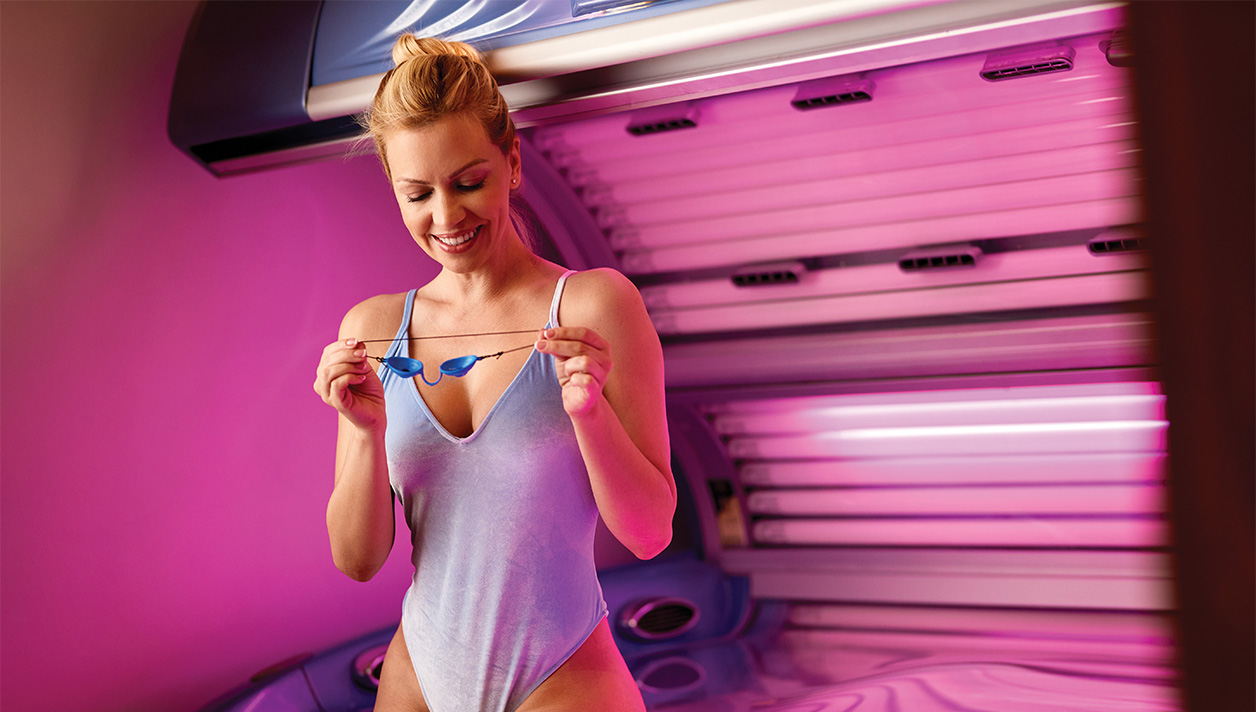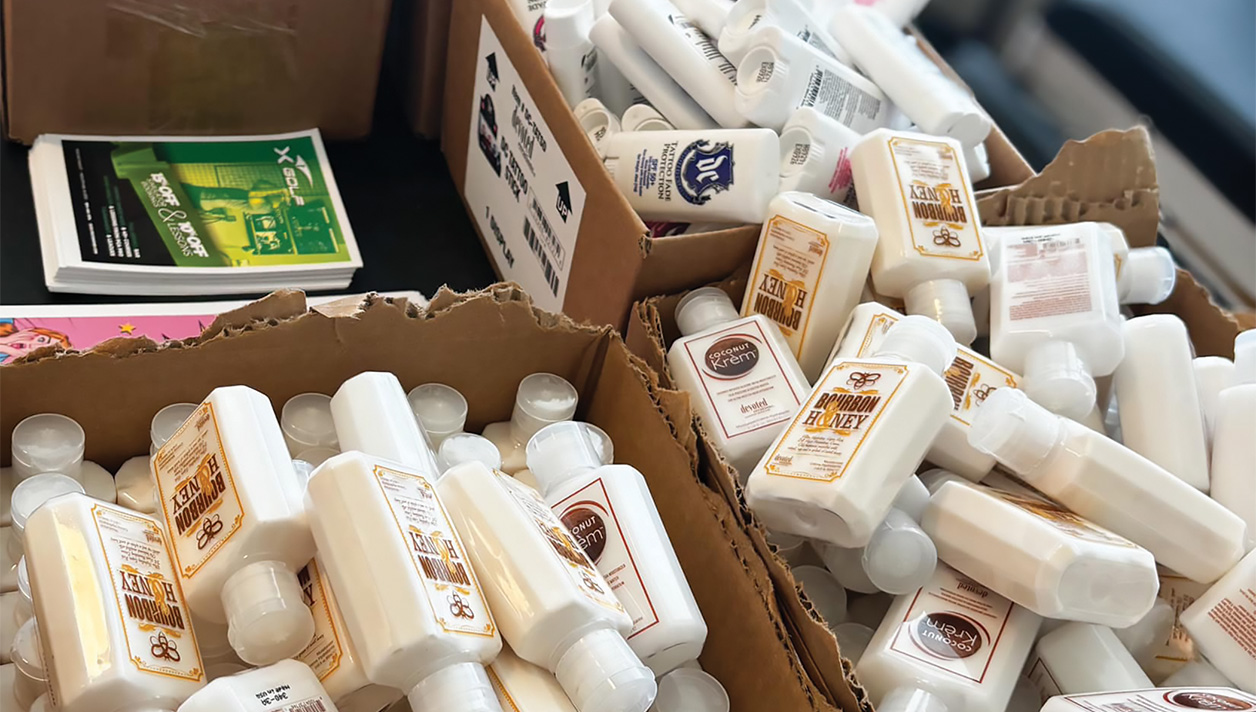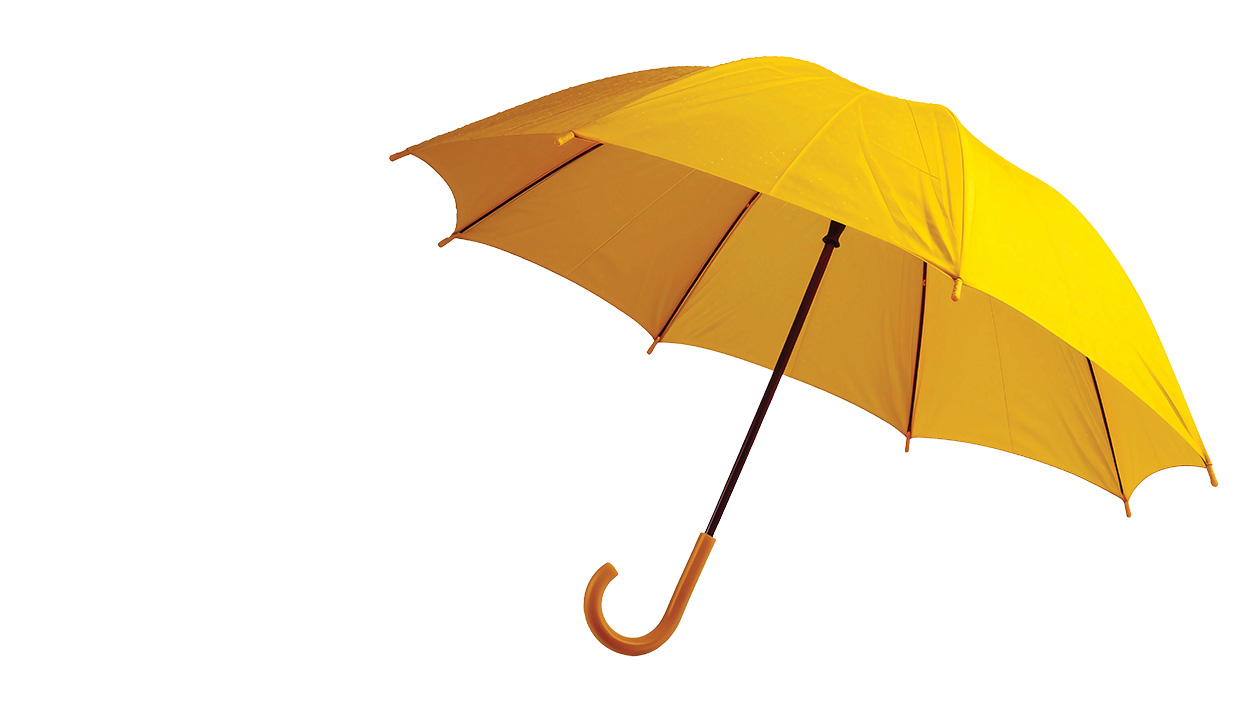Last month, I had the pleasure of teaching the Sun is Life® Certification course to attendees of the Four Seasons School of Business held at the St. Charles Convention Center in Missouri. The classroom was full of awesome, newer salon staff members who were eager to learn the principles of tanning facility operation – and have a little fun doing it! The SIL curriculum covers 25 core topics, including:
- Understanding the Tanning Process
- Know Your UV “ABCs”
- Photosensitivity
- Tanning Lamps
- Federal and State Regulations
- Salon Customer Service
- Equipment Maintenance
One topic that I present at the end of the class is “emergency procedures.” It’s an important issue for any salon team to be up to speed with, but really critical for newer ones. I start with a question: “How many of you have a procedure in place in case of a fire at your facility?” The typical salon features UV tanning equipment that usually requires 220V of incoming electricity. God forbid you incur a fire – but you run outside of the salon and immediately call 911. However, you may have just left a group of naked or half-naked tanners and other staff members in harm’s way! Before putting a plan in place, a best practice can be to contact your local fire department, explain your services and facility layout and ask them to help you create an emergency procedure. The next step? Put it in writing! Each team member should be handed a copy of your specific and unique “SOP” (standard operating procedures) manual for review and signature. Everyone must (literally) be on the same page.
My next question is, “How many know what to do in case of a robbery?” Again, consider contacting your local police department’s non-emergency line and ask for advice. Many businesses do not want their employees trying to stop a theft and recommend that they stay calm and try to get specific information on the perpetrator’s height, weight, hair color, identifying tattoos, clothing color, etc. PRO TIP: I know that during the warmer months, some salons may have their back doors open to aid in better air circulation through the facility. Folks intent on breaking the law will clearly note this situation.
Lastly, “What do you do in case of a medical emergency?” I remember one class I taught several years ago in which a salon staffer provided an answer. “Joe, I’m a certified EMT (emergency medical technician) and qualified to administer assistance.” Well, what would be the procedure if (again, God forbid) a customer suffers a heart attack and collapses in the tanning room, striking their head which is now bent at a severe angle. Moving this person could result in paralysis and I doubt that most salons have a backboard on hand to limit the person’s mobility and prevent this possibility. How many salon employees would be able to directly assist? This is another important issue to discuss and create an SOP for addressing it.
In summary, establish emergency salon procedures (if you haven’t already) and put them in writing. Each and every staff member, especially new ones, need to review and acknowledge comprehension of what to do in case of these and other types of emergencies.
When it comes to providing your team with core salon operation information that ensures your business success, look to Sun is Life!
























